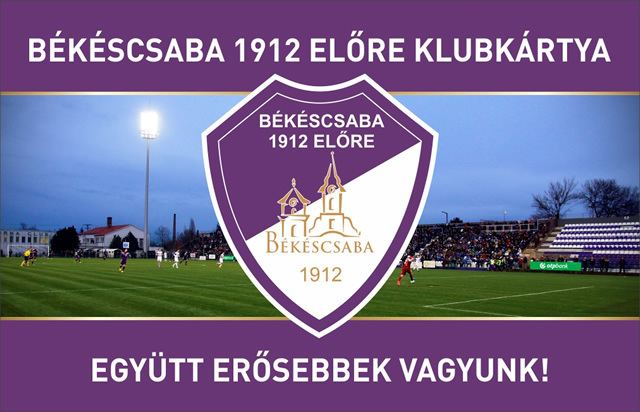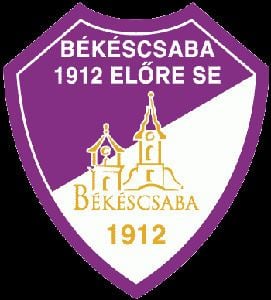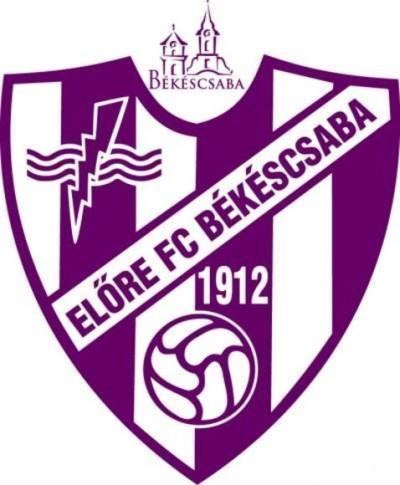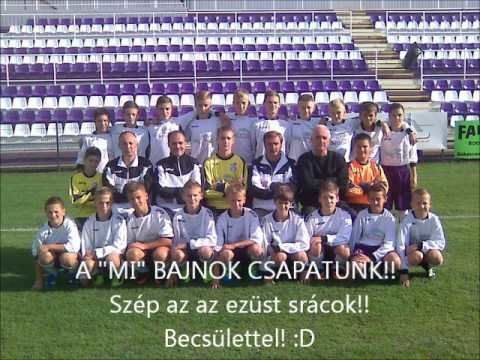Ground Capacity 4,963 Founded 1912 Manager Zoran Spisljak | Nickname(s) Lilák (Purples) Chairman Károly Királyvári Arena/Stadium Stadion Kórház utcai | |
 | ||
Ground Stadion Kórház utcai,Békéscsaba 2015–16 OTP Bank Liga, 12th (relegated) Leagues Nemzeti Bajnokság I, Magyar Kupa | ||
Ezequiel calvente criado g lja a b k scsaba 1912 el re videoton fc m rk z sen
Békéscsaba 1912 Előre is a Hungarian football club from Békéscsaba. The club was founded in 1912 as Előre Munkás Testedző Egyesület. The colours of the club are lilac and white. The club achieved its greatest success in 1988 when it won the Hungarian Cup competition, defeating Honved Budapest 3–2 in the final.
Contents
- Ezequiel calvente criado g lja a b k scsaba 1912 el re videoton fc m rk z sen
- B k scsaba 1912 el re jpest fc 1 0 otp bank liga 26 fordul
- Stadium
- Honours
- Current squad
- Season results
- References

Until the end of 2004–05 the club spent a total of 25 seasons in the first Hungarian division, the Nemzeti Bajnokság I. They were promoted back to the top tier in 2015.

B k scsaba 1912 el re jpest fc 1 0 otp bank liga 26 fordul

Stadium

Békéscsabai Előre play at the Stadion Kórház utcai situated in Békéscsaba, Hungary. Its capacity is 4,963 and it was built in 1974.
Honours
Current squad
As of 30 August, 2016Note: Flags indicate national team as defined under FIFA eligibility rules. Players may hold more than one non-FIFA nationality.
Season results
Updated: 09.08.2015.
